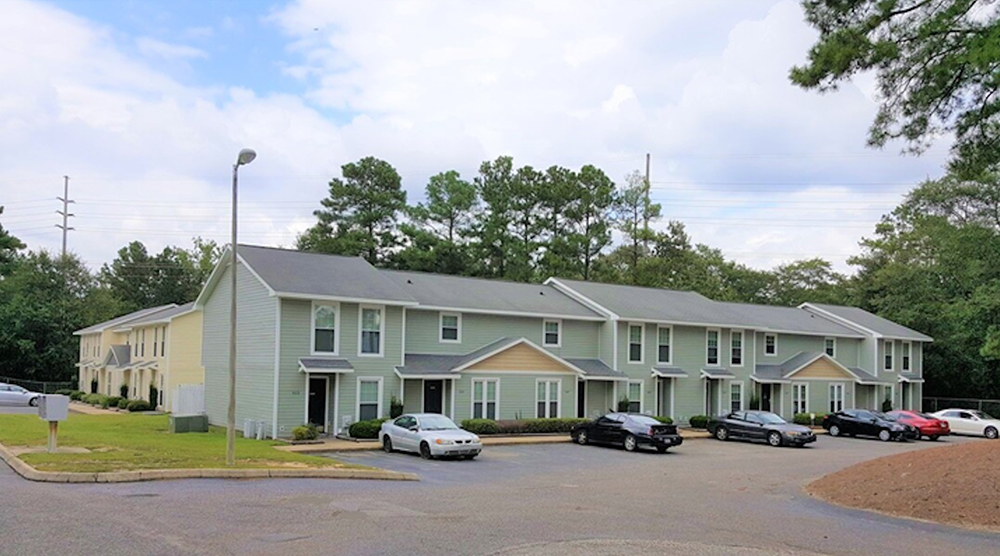Summer musings, possible misgivings - by Bill Pastuszek

Coming out of a nicely timed and sorely needed July 4th holiday, we move right into the heat of the summer. I looked at a July 4th article from 2017 and thought it might be fun to do some “that was then, and this is now” comparison. (Original copy, non-italicized; current comments in italics.)
• Residential. It’s a hot market out there but exactly how hot? The Mass. Association of Realtor had the following to say in July 2017: “The median price for a single-family home hit the $400,000 mark for the second month in a row in July.” Mass. Association of Realtors says: “The median price for single-family homes increased by 12.3% to $617,750 and the median price for condominiums rose by 5.1% to $531,501, when compared to the same time period last year. New listings for single-family homes rose 6.2%, while condominiums fell by 4.9%, both compared to the same period last year.
Compared to May 2021, closed sales decreased by 7.8% for single-family homes, and 12.4% for condominiums. .. The National Association of REALTORS® (NAR) reported that existing home sales fell by 2.4% and pending sales were down 3.9% compared to April.”
• Commercial. It’s always good to take note that markets, while monolithic at the highest level, consist of various gradations and subtleties. That’s what analysts and appraisers are hired to do, to look after the subtleties and provide accurate, micro views. The view from 30,000 feet can sometime make us blind to what is happening on the ground. There’s a lot of conflicting data on commercial markets, much of which suggests we are entering a period where a number of trends may coalesce and show us different markets than we had previously been experiencing. Residential markets tend to be more reactive; commercial markets have less immediate reactions but when the reaction becomes obvious, it’s inescapable.
• Lending. The Fed’s Senior Loan Officer Opinion Survey on Bank Lending Practices notes that, “on balance, banks reported tightening standards on CRE loans….banks reported tightening most credit policies on CRE loans over the past year. In doing so, banks cited a less favorable or more uncertain outlook for CRE property prices, capitalization rates, and vacancy rates or other fundamentals as their most important factors. Participants also cited a “reduced tolerance for risk” as an important reason for tightening CRE credit policies.
April 2022, Questions on Real Estate Lending. Over the first quarter, a modest net share of banks reportedly eased standards for loans secured by multifamily properties, while standards were basically unchanged, on net, for construction and land development loans and nonfarm nonresidential loans. Furthermore, a moderate net share of banks reported stronger demand for loans secured by multifamily properties, while demand was basically unchanged for construction and land development loans and nonfarm nonresidential loans.
In 2017, the Survey indicated tightening terms on multi-family, land development and construction loans. Debt service coverage ratios trended up on multi-families.
Today, multifamily lending is about the safest place a lender could be. Interesting contrast of risk tolerance.
• Based on several reports and anecdotal evidence, CRE loan demand has been less robust. Commercial and Industrial (C&I) appears to remain relatively steady, with many bankers willing to be more generous with smaller companies. Certainly not so true in 2022!
• Investor surveys suggest that cap rates are stable or modestly higher across the spectrum. Investors are reported to be cognizant of the potential for additional rate increases and market corrections in response to new deliveries of supply and less pronounced tenant demand.
Most sectors report slight – or for some popular asset ckasses – or substantial cap rate compression. For example, one surve reported national warhouse rates of 5.37% in 2017; in 2022, the rate was 4.37%. For apartments nationally, the 2017 rate fo 5.3%; in 2022, the rage was 4.8%.
• Interest Rates (2017). Economic growth is likely to be a strong driver of higher rates. While the Fed indicates a willingness to raise rates, a slow economy may work against that plan, which is “data dependent,” i.e., a work in progress. Working out the results of the quantitative easing is a major task, which will require some resolve and effort.
Interest rates (2022). Residential rates have climbed and have cause changes in the mortgage industry with the big players making workforce adjustments due to lower demand. On the commercial side, the full effect is probably not yeat apparent. Buyers not highly dependent on leveraging can thrive in this type of market. Some leveraged buyers have reportedy scaled back with some “retrading of deals taking place.”
• Big Warehousing, Big Retail, and Big Grocery. Amazon is becoming the Big Disruptor. Again. The company has built huge warehouses, opened bookstores (!), is giving a new meaning to home delivery, and threatens to create a new level of competition in the grocery business.
COVID has shaped these sectors. Warehousing got bigger; the whole industrial sector seems like another “can’t lose” sector. Big retail: not so much. Big Brocery: Grocery store anchors still make or break a lot of retail. Amazon still disrupts.
Some interesting contrasts arise, as can be seen from the above then and now notes. Let’s talk about this a bit more towards the end of the summer. In the meantime, given high appraisl workloads and difficult assignments, now is not a good time to let quality control lapse and not a good time to rely somewhat dated data. Thse are times that, if a correction occurs, will be looked back on as a lot opporunity to have gotten it right. Enjoy the beach, mountains, lakes, or the cities.
Bill Pastuszek, MAI, ASA, SRA heads Shepherd Associates, Needham, Mass.
Preservation of Affordable Housing secures $23.5 million in financing from Rockland Trust and Citizens Bank

Conn. hospitality market: A technical appraisal perspective on market dynamics and valuation challenges (2019-2025)










